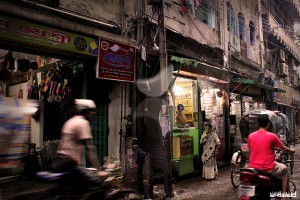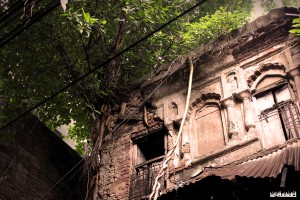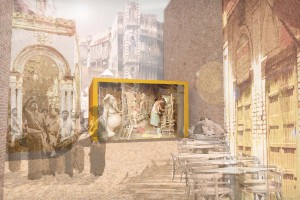I have read somewhere that architects are the prime examples of optimists. They have a unique vision that could potentially transform the future, maybe even for the better. It starts in the Architect’s imagination, and she is optimistic enough to think that her exact vision would be able to manifest itself in real life, and other people will also perceive the same space and effects just as she had imagined in her head. I am an optimist. Therefore, when I faced this question of Shakhari Bazar’s future, my first instinct was to make sure everybody involved would be happy. I believe, this street should be able to satisfy the needs of the craftsmen, their families, the country’s economic growth, and the other occupants.
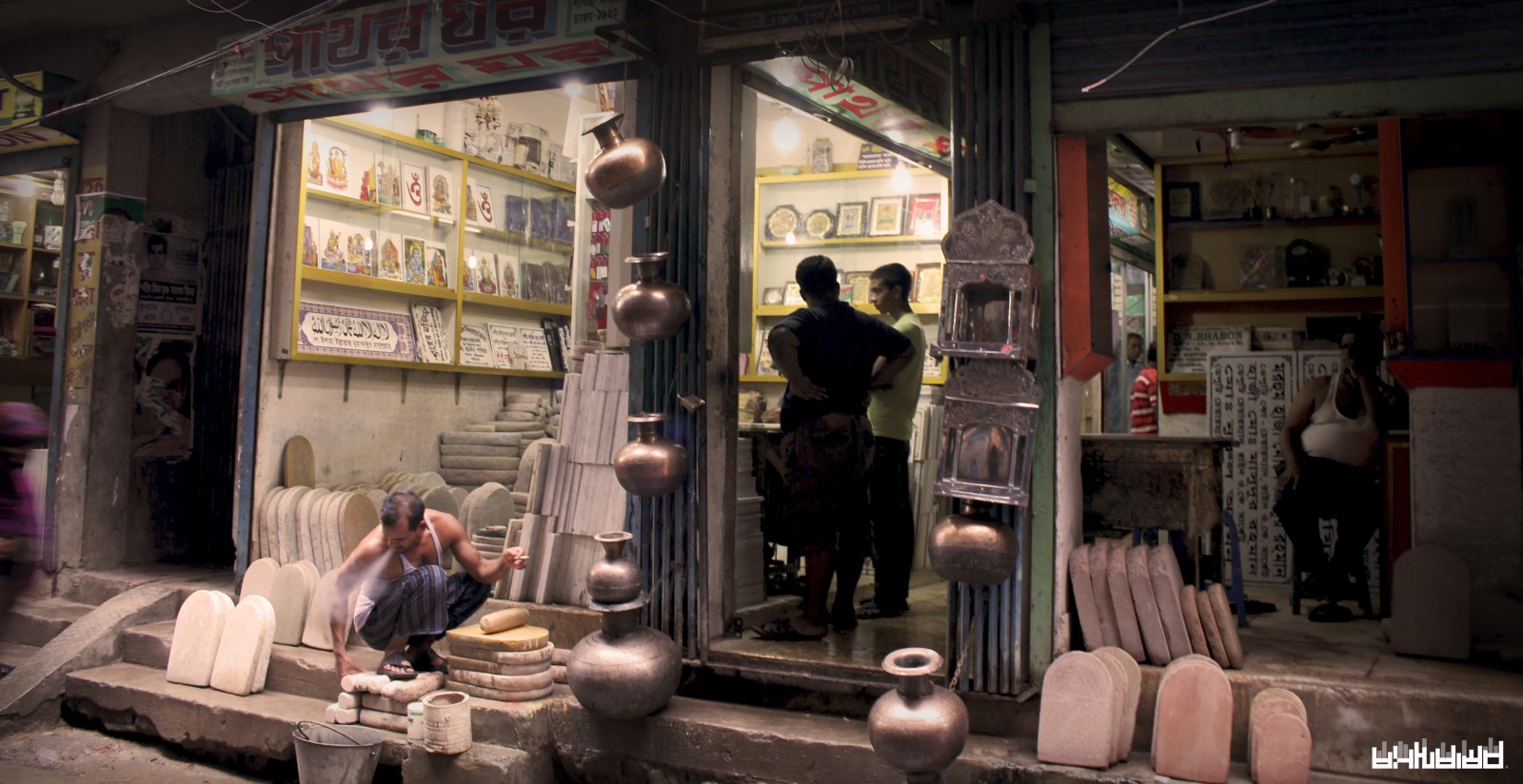
Often the hands will solve a mystery that the intellect has struggled with in vain
– Carl Jung
The name Shakhari Bazar is derived from the name Shakhari. They are artisans that work with shakha, which is a richly decorated bangle made out of slices of conch-shell that hindu women wear as a symbol of marriage. There are various other unique crafted objects made from conch-shell. There are also other artisans such as goldsmiths, sculptors, musical instrument makers, stone masons, weavers, embroiderers, brass workers, carpenters and baul performers, that house in this street. Therefore, the street is a rich treasure of artisans and crafts. The identity of the street is closely bound with the crafts that it produces. These artisans have made this street their home and have passed on their expertise from one generation to the next since 1608. Craftsmanship works like a medium that allows our inner self to collide with the external logic of the world. It makes it possible for these artisans to communicate with the world and make us aware of our roots in the society.
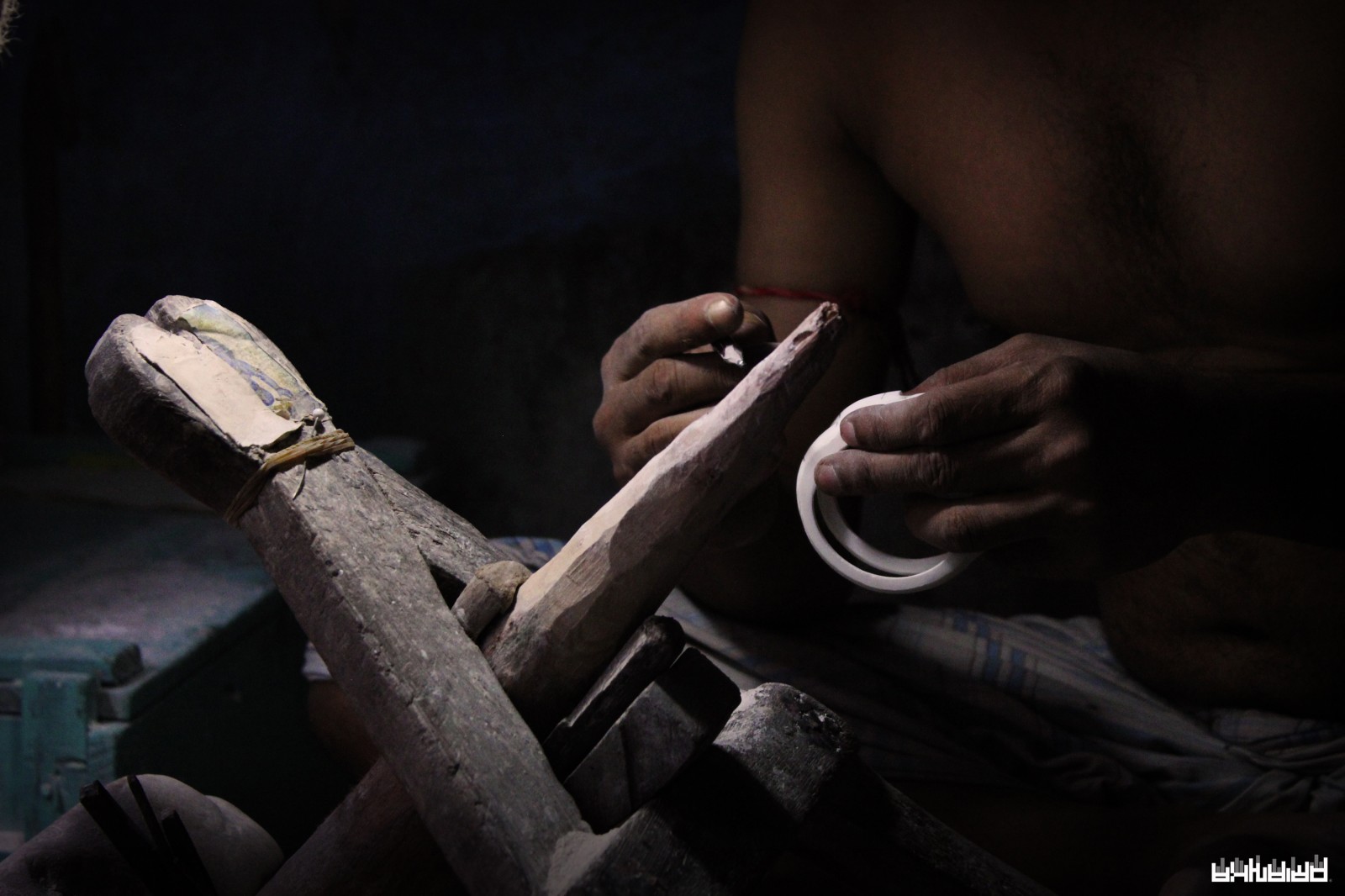
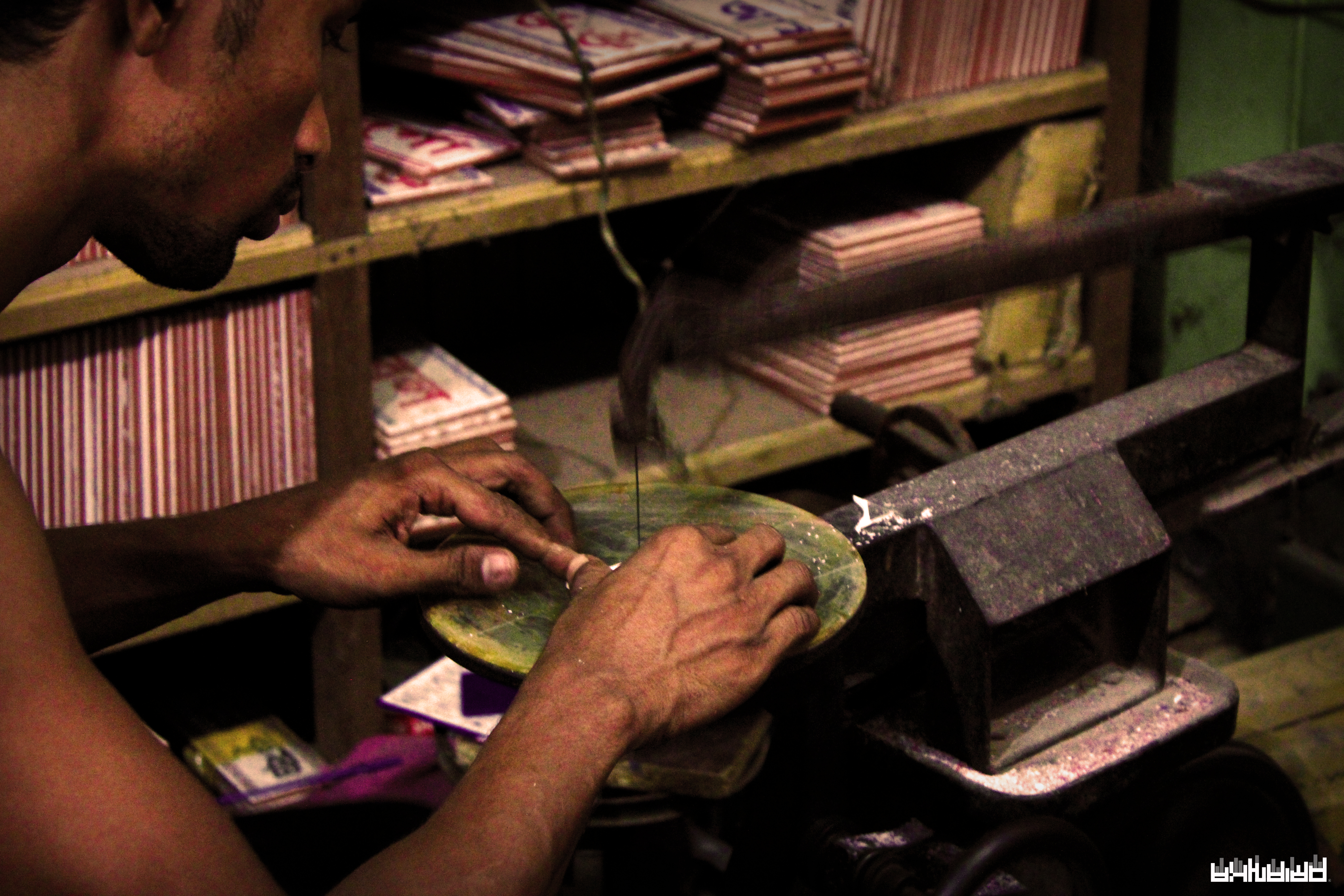
One should not consider that the freedom exists in the human being; one should seek freedom, rather, in the work that emerges spontaneously when one entrusts oneself to the materials and the tools. The same, inevitable process is seen in all true craft work. It is not accidental, yet neither is it artificial. It is governed by the same kind of laws that make water run downhill and clouds rise.
– Soetsu Yanagi, The Unknown Craftsman
What differentiates this crafts from ‘art’ is simply because these crafts have ‘functions’. Unfortunately, it is because these have functions that they are valued less than an art piece might be. The Shakha crafted objects are made of beautiful pure white shell that is crafted by hand by the artisans to create jewelries and accessories that adorn the hindu community. The Goldsmith creates artifacts and jewelries that have gained popularity in throughout the country for their uniqueness. The Sculptors work with their hands as they mold special clay into life sized Hindu sculptures that are worshiped during Hindu ceremonies. Every artisan creates each piece with care and in their own unique style that they have mastered throughout the years. It is ironic how adding a function reduces, instead of increasing, the value of the articles. Despite the fact that these objects are scrutinised for beauty and then bought to be utilised, these nameless craftsman need to struggle financially to provide bread and butter for their families. This harsh reality seems to be getting harder as there are fewer demands for these crafts in the world of technology.
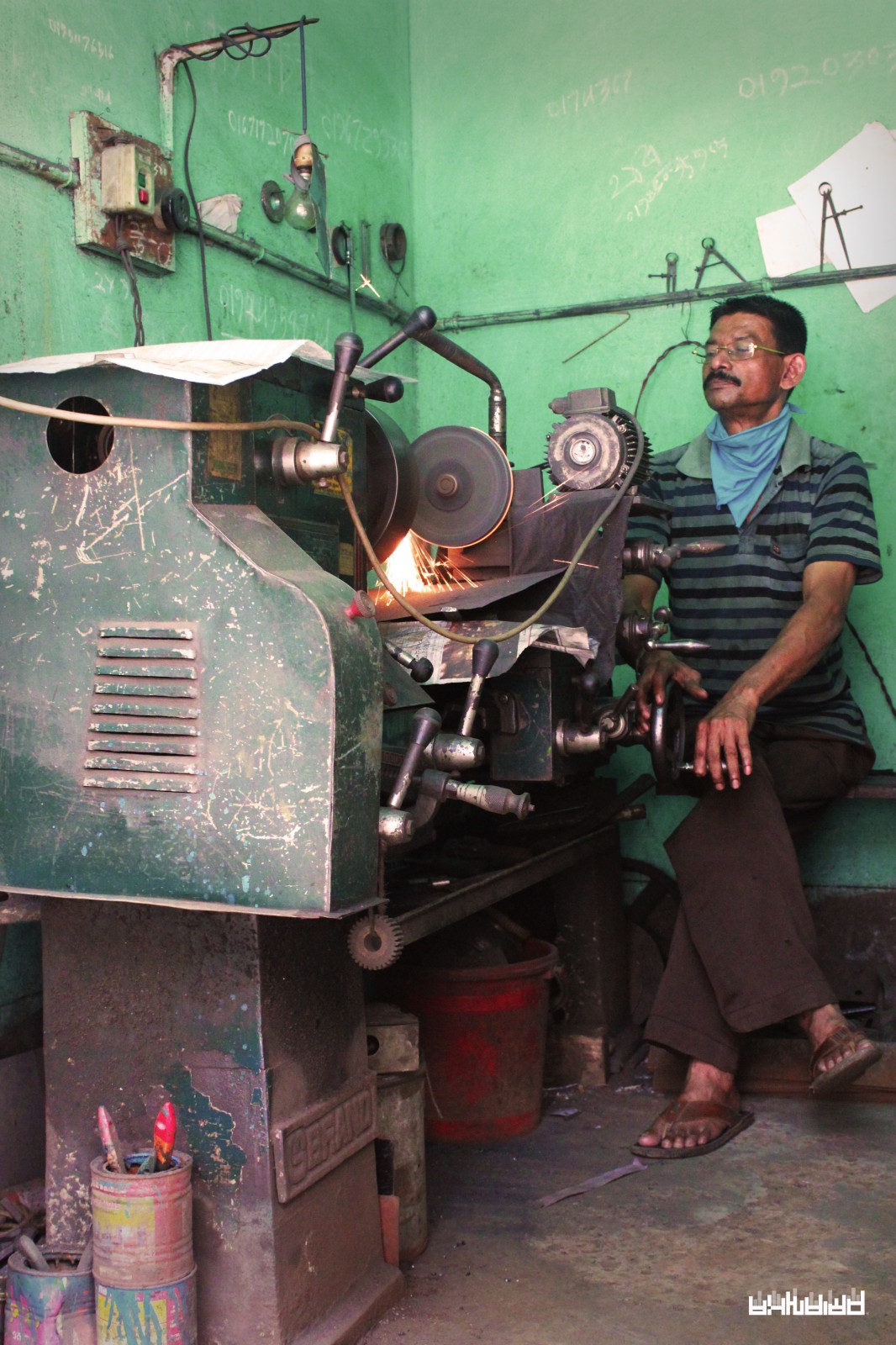
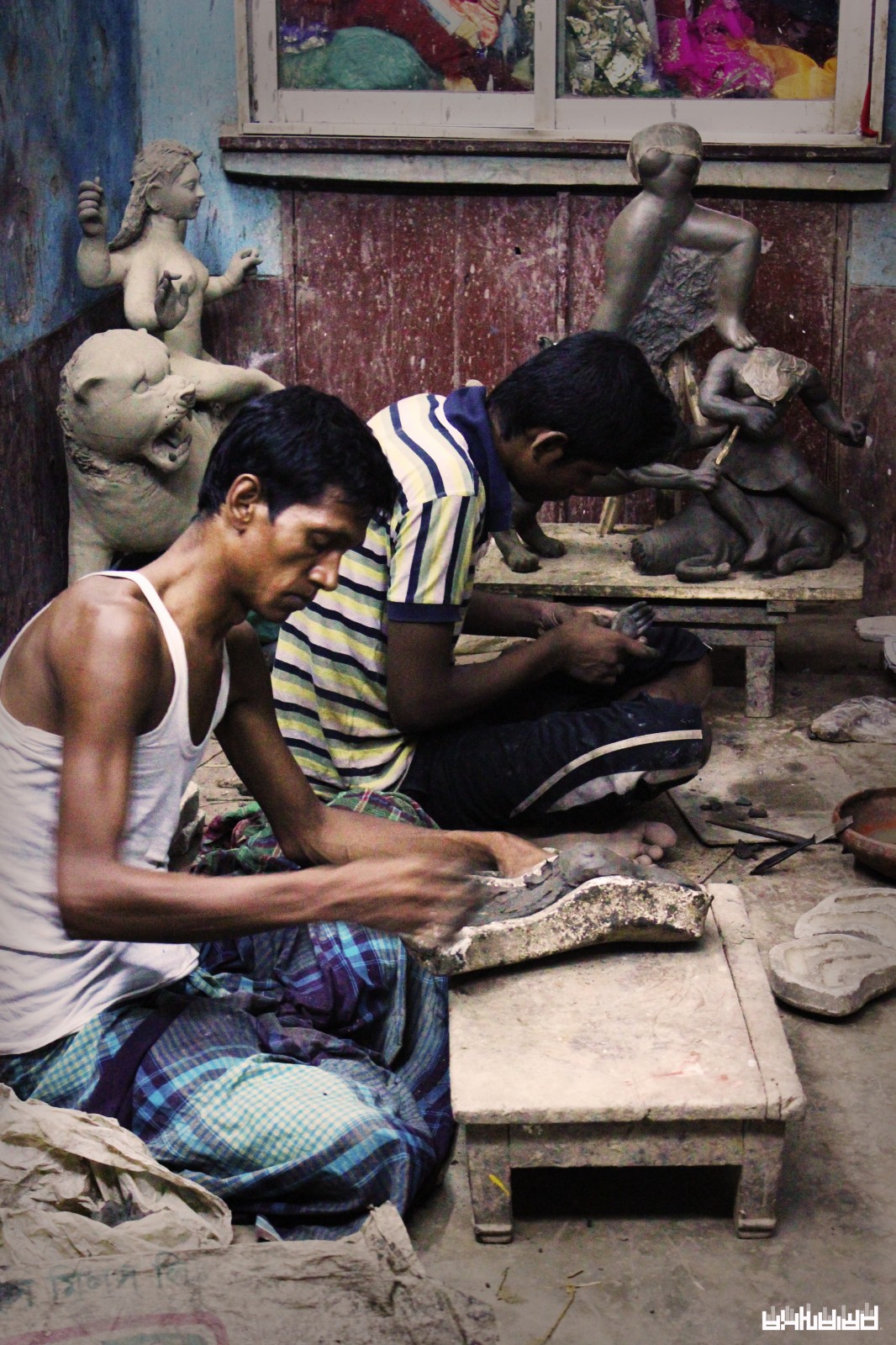
For the past 400 years, regardless of the economic undervaluing of their crafts, it has been the undefined purpose of these craftsmen to retain the identity and the culture of the street. I believe these artisans hold the answer to our existing dilemma – will we keep stretching the extent to how much we can change the street physically and occupationally till it snaps itself a new identity, or will we be able to retain the identity without having to freeze the changing lifestyle? I would like to remain optimistic and hope for the latter, and one day the site will be seen as an icon for the future cultural, architectural and economic enhancement.

Prianka Smita is a graduate student at the University of Waterloo School of Architecture. She grew up in the military environment of the east in which she was expected to serve her country. Currently in the second year of her masters studies, she is developing her thesis entitled Render Authenticity which enables her to engage in a dialogue between her passion for artistry and devotion to the progress of her native country. This pursuit brought her to return to Bangladesh in the summer of 2014 to conduct research. She says of her daily working methods, “I doodle when I want to organize my most obscure thoughts, listen to music when I want to be inspired, and write when I want to have a conversation with myself.”
For more about her travel and research visit her website priankasmita.com and stay tuned for future posts.
Prianka Smita is a graduate student at the University of Waterloo School of Architecture. She grew up in the military environment of the east in which she was expected to serve her country. Currently in the second year of her masters studies, she is developing her thesis entitled Render Authenticity which enables her to engage in a dialogue between her passion for artistry and devotion to the progress of her native country. This pursuit brought her to return to Bangladesh in the summer of 2014 to conduct research. She says of her daily working methods, “I doodle when I want to organize my most obscure thoughts, listen to music when I want to be inspired, and write when I want to have a conversation with myself.”


